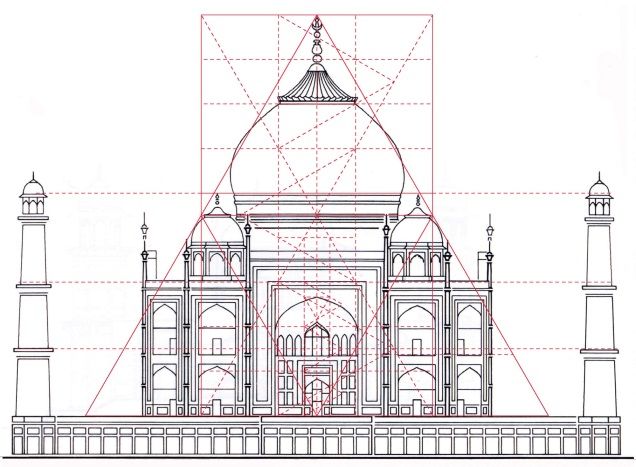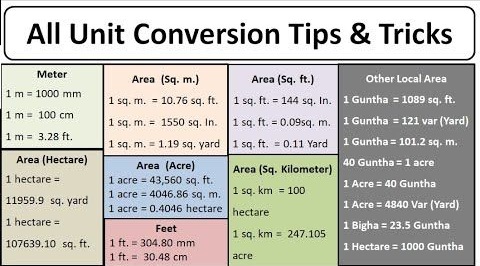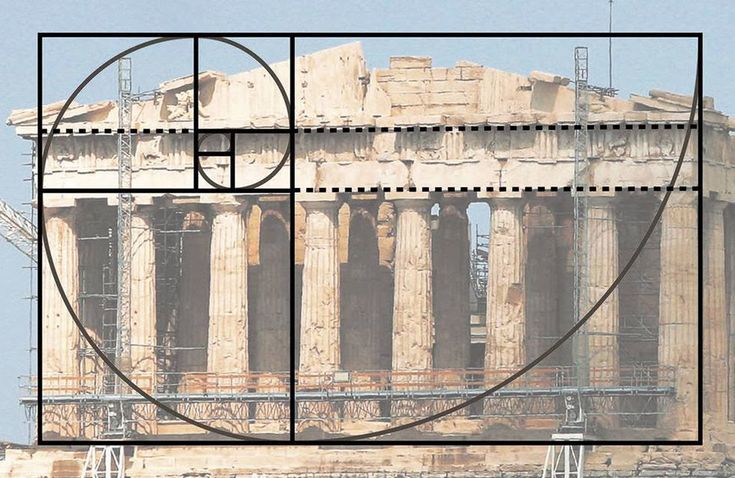
The symbiosis between architecture and mathematics is both profound and essential, crafting spaces that are as functional as they are aesthetically pleasing. Far beyond the realm of basic calculations, mathematics is the backbone of architectural innovation and precision. This article explores five pivotal reasons that underscore why architects need maths, illuminating the indispensable role it plays in everything from unit conversion to the creation of complex forms.
1. Unit Mastery

In the global landscape of architecture, the ability to convert units is paramount. Architects often work with international teams, adhering to different measurement systems. Mastery of mathematical unit conversion ensures accuracy across various scales and measurements, preventing costly errors in material orders and construction specifications. This skill is crucial in translating design ideas into universally understandable plans, bridging the gap between concept and reality.
2. Design Scaling

Determining the correct scale of a project is foundational in architectural design. Maths allows architects to create detailed representations of buildings at a smaller scale, making it easier to visualize and adjust the entire structure before the construction phase begins. This capability is critical for assessing the feasibility of designs, ensuring that every element, from the overall structure down to the minutest detail, aligns with the project’s vision and practical requirements.
3. Master Proportions

The beauty of architectural design often lies in its proportions, which are meticulously calculated using mathematical principles. The Golden Ratio, for instance, is a mathematical concept frequently applied to achieve aesthetically pleasing proportions in architecture. Through the calculated adjustment of dimensions, architects ensure that spaces not only meet functional needs but also resonate with a sense of balance and harmony.
4. Budgeting Precision
A well-constructed Bill of Quantities is essential for the financial management of construction projects. This detailed document, derived through mathematical calculations, lists the materials, work, and costs involved in a project. It serves as a vital tool for architects, enabling them to forecast expenses accurately, manage budgets effectively, and communicate financial requirements with clarity and precision to all stakeholders.
5. Complex Forms
Mathematics empowers architects to create complex yet functional forms, pushing the boundaries of traditional architecture. Through geometric calculations and the use of advanced software, architects can design intricate shapes and structures that were once considered impossible. These forms not only elevate the aesthetic value of buildings but also enhance their functionality, demonstrating the limitless possibilities that mathematical application brings to architectural innovation.
6. Optimize Environmental Performance
Mathematics is crucial for optimizing the environmental performance of buildings, a key aspect in sustainable design. Through mathematical modeling and simulations, architects can predict how buildings will interact with their environments. This includes assessing solar gain, calculating thermal performance, and optimizing natural light to reduce energy consumption. Mathematical tools enable the detailed analysis of environmental factors, such as wind patterns and heat transfer, allowing architects to design buildings that are not only energy-efficient but also comfortable for occupants. By using maths to enhance environmental performance, architects contribute to the development of greener, more sustainable structures that align with global efforts to combat climate change.
Mathematics is not merely a supportive element in architecture; it is a cornerstone that enables architects to navigate the complex demands of their profession. From converting units for international collaboration to composing a detailed Bill of Quantities, and from figuring out the perfect scale to creating forms that challenge the status quo, the reasons we’ve explored affirm the critical importance of maths in architecture. Architects rely on mathematics to turn visionary concepts into tangible, functional, and breathtakingly beautiful realities. This seamless integration of calculation and creativity not only shapes the spaces we inhabit but also defines the future of architectural design.
